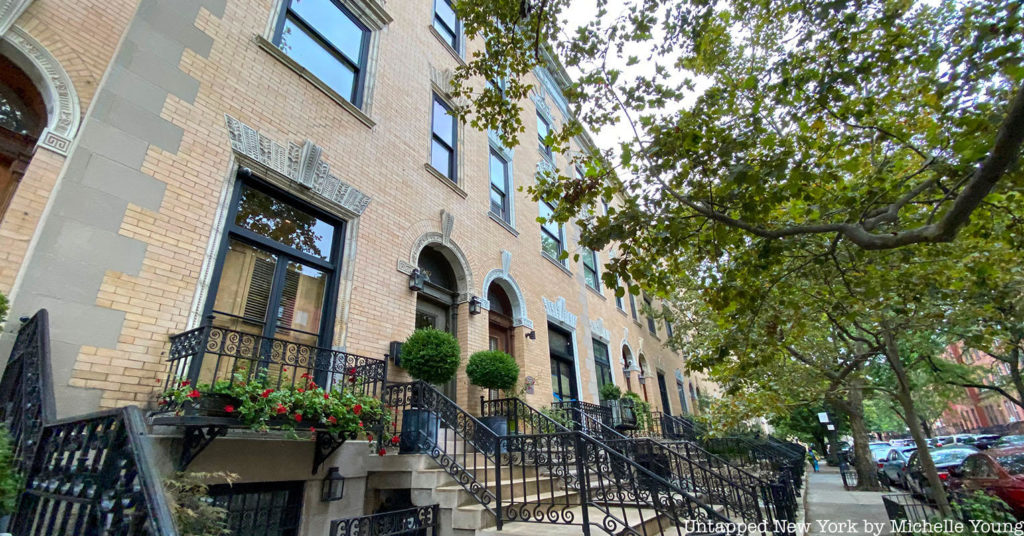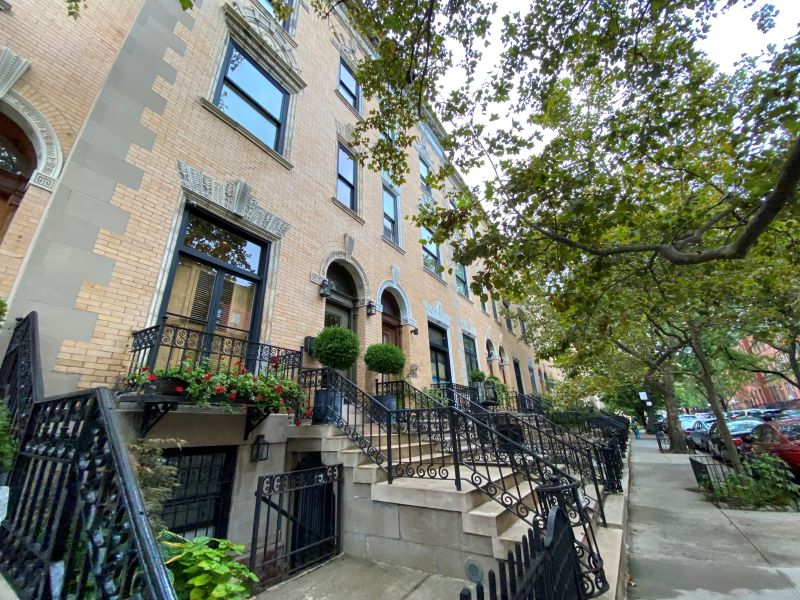On 138th and 139th Streets between Adam Clayton Powell, Jr. and Frederick Douglass Boulevards in Harlem sit four rows of beautiful townhouses. A peculiar marker “Private Road, Walk Your Horses” is painted onto the columns that support intricate curled rod-iron gates leading into spacious private townhouse parking. These rows of Neo-Italian and Georgian townhouses together make up Strivers Row, one of the city’s architectural gems and a rich source of local history.
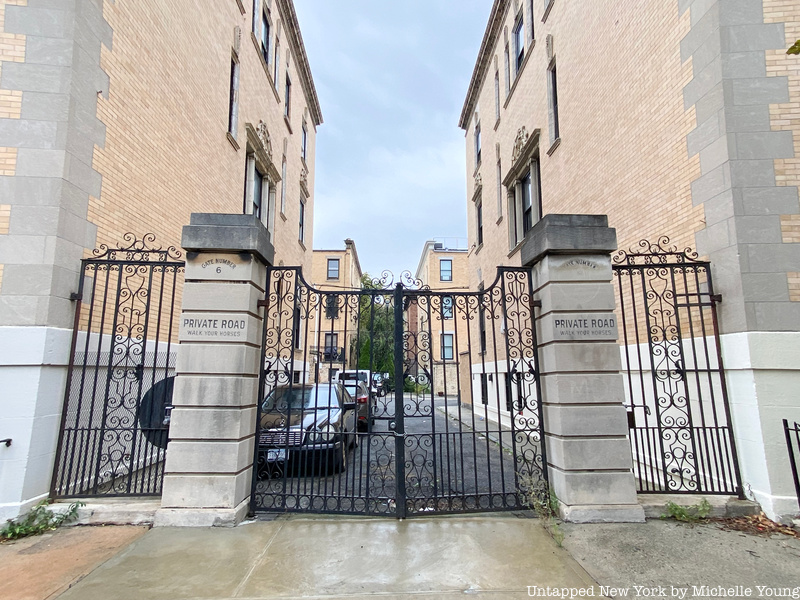
On an upcoming May 14 tour led by Mark Satlof, a 23-year-resident of Strivers Row and an Untapped New York Insider himself, Insiders will get a rare insight into this important and pioneering residential development. As you enjoy a lovely guided stroll through the two blocks that comprise the St. Nicholas Historic District, you will learn how this unique micro-neighborhood arose, its history from 1892 through today, and its distinguished and famous past and present residents.
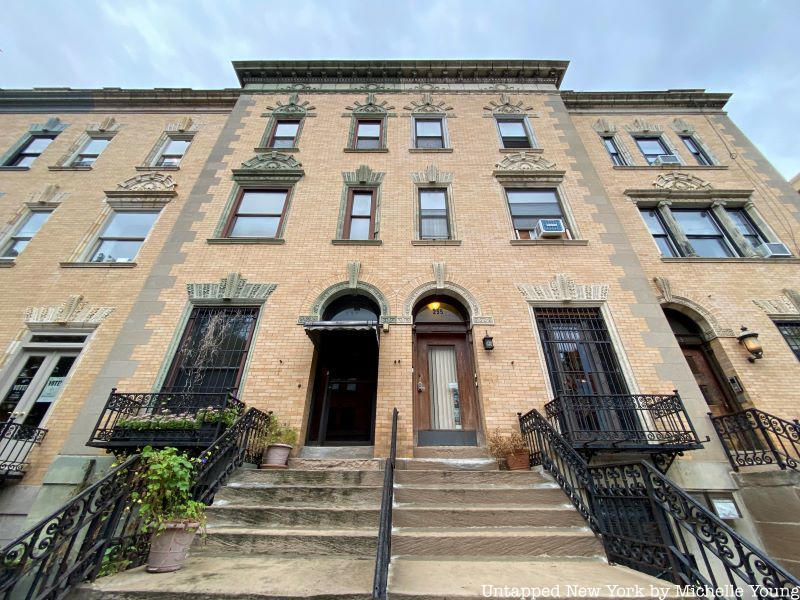
Learn about developer David H. King’s futuristic vision for the King Model Houses planned development. See the stately homes of famous musicians Eubie Blake, Fletcher Henderson, and W.C. Handy, prominent and pioneering Black doctors and educators, New York’s first Black police officer Samuel Battle and many more luminaries. Stroll through what is thought to be Manhattan’s only “Philadelphia-style” service alley. The event is free for Untapped New York Insiders (and get your first month free with code JOINUS).
Dreamed up by developer David King in the early 1890s, the “King Model Houses” were intended for upper-middle-class whites. In the years prior to their construction, development had been steadily moving north in Manhattan, with some reaching all the way north to Inwood. The houses originally cost about $1.5 million in total to build, which equates to about $45 million today.
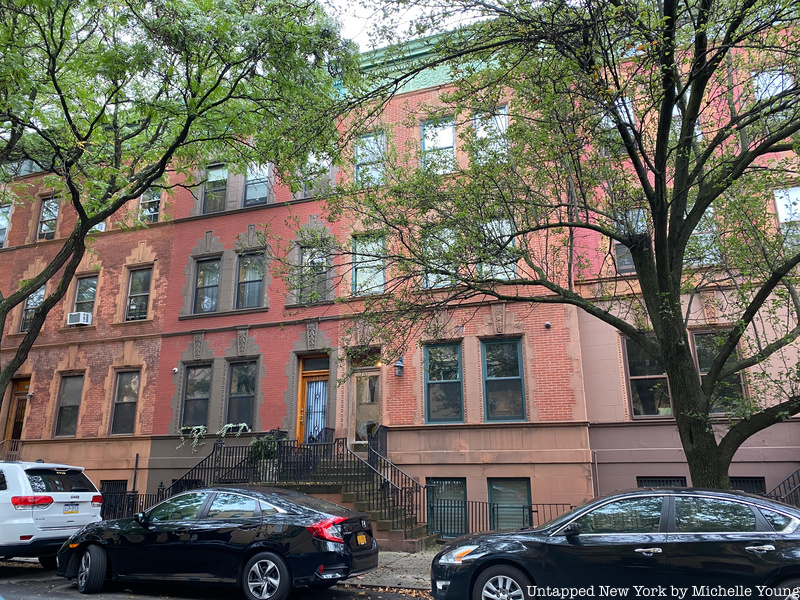
Despite being designed by three different architects, each house is relatively the same size, measuring mostly between 17-20 feet wide and 50-55 feet deep with a rear extension. Stanford White, of McKim, Mead and White, designed the northernmost row of townhouses on 139th Street in the Neo-Italian Renaissance style. Bruce Price and Clarence S. Luce’s firm planned the Georgian-style yellow and tan houses on the southern end of 139th Street and on the northern end of 138th Street. James Brown Lord designed the brownstones on the south side of 138th Street. King wanted his prospective tenants to be able to choose from three different house designs when buying their townhouse.
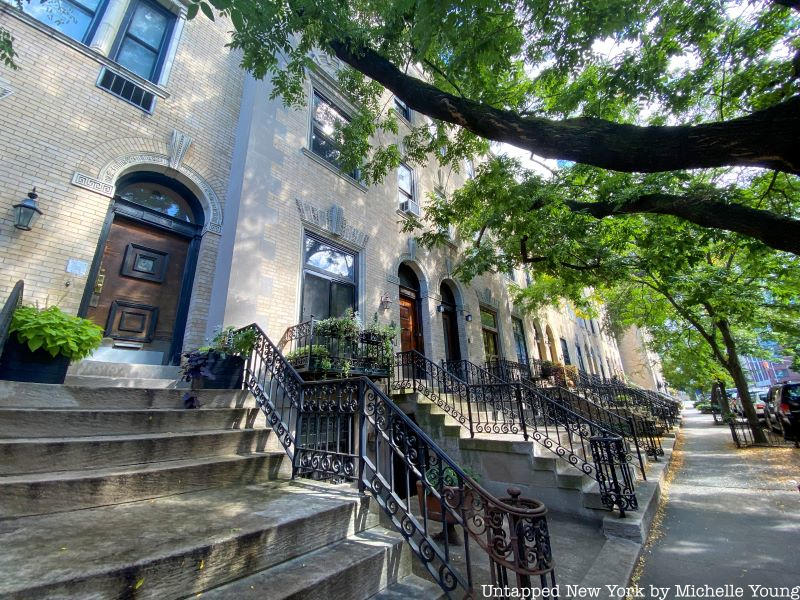
White came up with the unique back-to-back layout of the houses, which allowed the residents to share a rear courtyard and back alleyways for the discreet stabling of horses and delivery of supplies. He was also responsible for the gateways and arches that once stood at the entrances to the rear courtyards. Despite the architecture of Strivers Row, sales were very low at first. Speculators had overbuilt in Harlem, while the Panic of 1893 brought a great slowdown to economic activity in all of New York. David King defaulted. His creditors, the Equitable Life Assurance Company, took over ownership of most of the houses, and refused to sell or rent to African Americans. Many sat empty or were converted to rental units until 1919, when the company finally allowed Black ownership. The Black elite would soon after purchase “Royal King Houses” for $8,000 each. Among the new tenants were many ambitious and successful members of the Black community in such fields as medicine, law, dentistry, and the arts.
Some of the earliest Black residents on Strivers Row included Vertner Tandy, the first commissioned African American architect in New York; heavyweight contender Harry Wills; preacher and Congressman Adam Clayton Powell, Jr.; activist and surgeon Dr. Louis T. Wright; comedian Lincoln Perry; and actor/singer Luther Robinson, a.k.a. Bill “Bojangles” Robinson. Strivers Row was also home to many Black musicians, including W.C. Handy, widely recognized as “the father of the blues,” and his business partner Harry Pace, founder of the first Black record company, jazz pianist and orchestra leader Fletcher Henderson, pianist and composer Eubie Blake and his partner Noble Sissle, and the Musical Spillers, a prominent, nationally famous touring ensemble. Samuel J. Battle, another Strivers Row resident, was the city’s first Black police officer, who joined in 1911.
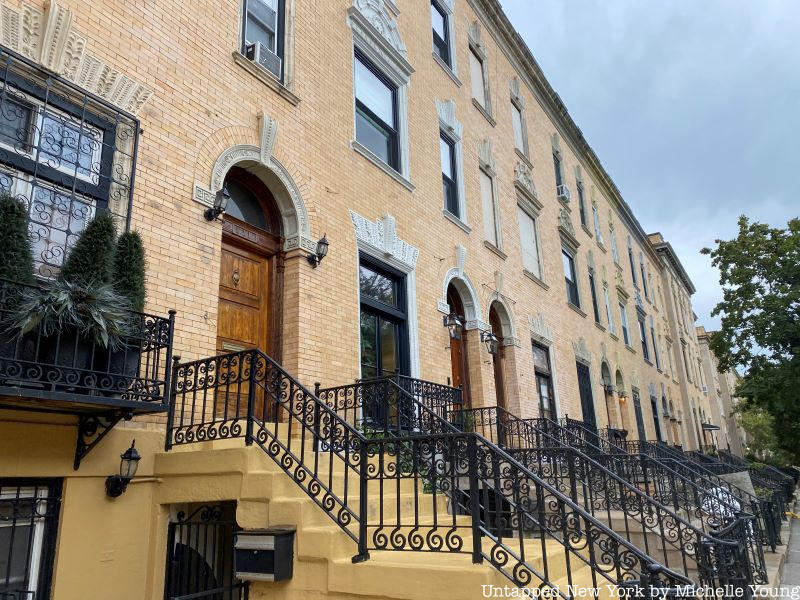
However, by the 1940s, the houses had started to decay, and many were converted into Single Room Occupancies (SROs). Although some of the original interiors were damaged, the exteriors are considered historical landmarks and thus the original facades remain undamaged. Some Harlem history enthusiasts have even worked to preserve their original states, including Satlof, who opted to retain as much of the historical details as he could in his townhouse.
On this tour led by Mark Satlof, a 23-year-resident of Strivers Row and an Untapped New York Insider himself, Insiders will get a rare insight into this important and pioneering residential development. The event is free for Untapped New York Insiders (and get your first month free with code JOINUS).
Next, check out Untapped’s Guide to the 25 Best Things To Do in Harlem!
